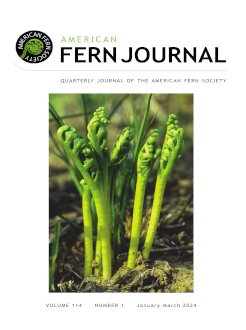Mitigation translocations of Botrychium (moonworts) were conducted in Colorado and Minnesota due to road and pipeline construction, respectively. Populations in Colorado were monitored for 20 years and for five years in Minnesota following translocation. Botrychium is mycoheterotrophic, so moving the soil containing mycorrhizae surrounding and attached to the plants is key to successful relocation. Two different methods of translocation were used to move plants and soil. Colorado populations declined 99% over 20 years. Minnesota populations declined 64% over five years. The success of these translocations appears to be poor as evidenced by the declining return of aboveground plants. It is possible that populations could return through the spore bank assuming that site conditions remain consistent. Results suggest that translocation is not a viable conservation tool within the typical management planning horizons of natural resource agencies.
How to translate text using browser tools
1 March 2024
Methods and Lessons Learned from Translocations of Botrychium (Ophioglossaceae) as a Conservation Solution for Populations Impacted by Disturbance Activities in Colorado and Minnesota, U.S.A.
Steve J. Popovich,
Cindy L. Johnson,
Denise E. Larson
ACCESS THE FULL ARTICLE

American Fern Journal
Vol. 114 • No. 1
January-March 2024
Vol. 114 • No. 1
January-March 2024
demographics
mitigation
mycorrhizal relationships
transplant




